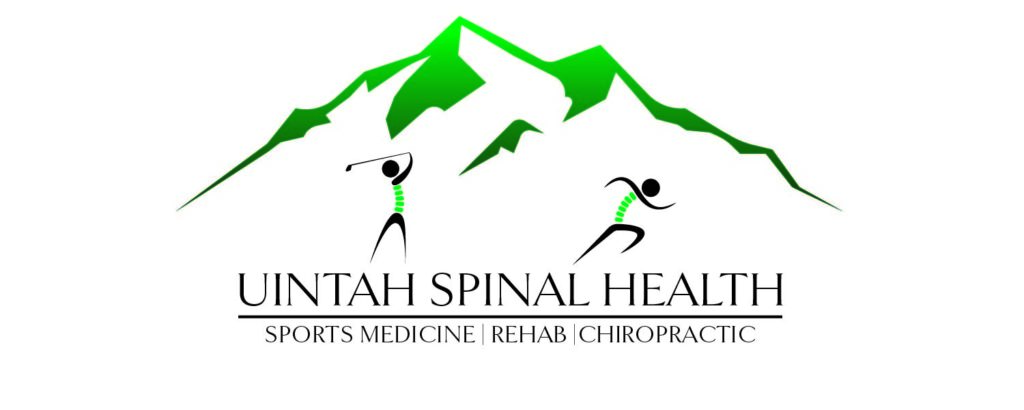When jumping, the hip extensor muscles (glutes and hamstrings) are the most powerful muscle groups as they push you up through the air. After that comes the power of your quads and calves, and core muscles for stability.
Imagine you were on a flight with a captain who explains that he is the best at taking off and getting you to the destination, but he has never landed a plane before and this will be his first time. But it’s all okay because the captain can get you there the fastest anyone has ever gotten you there before. This is a great analogy for jumping, we focus on our goal is getting as high as we can to dunk the basketball or spike the volleyball, that once we’ve reached that goal we can check off the box. What we forget is that you are still in the air when you check the box and to be able to do it again you have to land safely. Landing is often when ankle sprains happen, ACL tears or back sprains happen. By mastering the hip hinge and performing it when you land (and don’t let your knees cave inward) then you can dissipate the landing forces through the proper anatomy reduce your risk of injury significantly.
How do you do that? 1st: Master the hip hinge movement. 2nd: strengthen the hip hinge movement. Notice a pattern here? Those are the last few articles that I’ve talked about. Now getting specific to jumping, 3rd: Master and strengthen the hip hinge in jumping specific activities. Those exercises would like like this:
Box jumps and all the varieties you can come up with.
- Start on top of the box and jump down. When landing, make sure you are:
- Keeping your back straight
- Bending at the hips
- Keep your knees above your toes (if you need help, put a mini exercise band around your knees to help cue you into pushing your knees out.
- Plyometric box jumps
- Deadlifts
- Double & Single leg deadlifts
- Squats
- Double & Single leg squats
